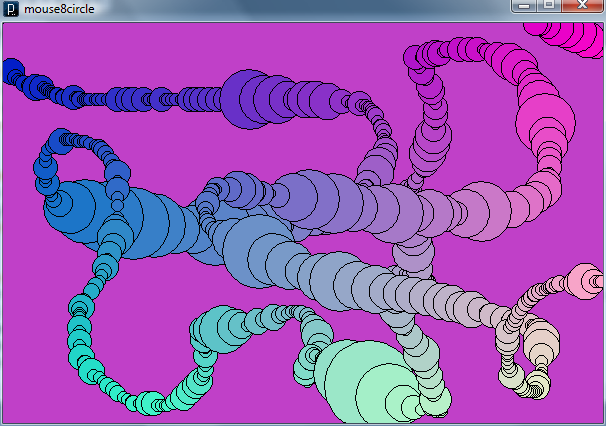Passing it on – being interested in the topic, and being a packrat, I downloaded a copy. It is quite thorough, 163 pages long, by experts in the field.
From Mike Casey at “now publishers”:
I am pleased to announce that Foundations and Trends in Computer Graphics and Vision has published the following issue:
Volume 11, Issues 1-2
Line Drawings from 3D Models: A Tutorial
By Pierre Bénard and Aaron Hertzmann
https://www.nowpublishers.com/article/Details/CGV-075
Complimentary downloads of this article will be available until September 25, 2019 so you should be able to access it directly using the link provided.
If you don’t like getting on yet another mailing list, you could consider a temporary email address, e.g., https://temp-mail.org/en/
(thanks to Andrew Glassner for passing this email on to me.)
